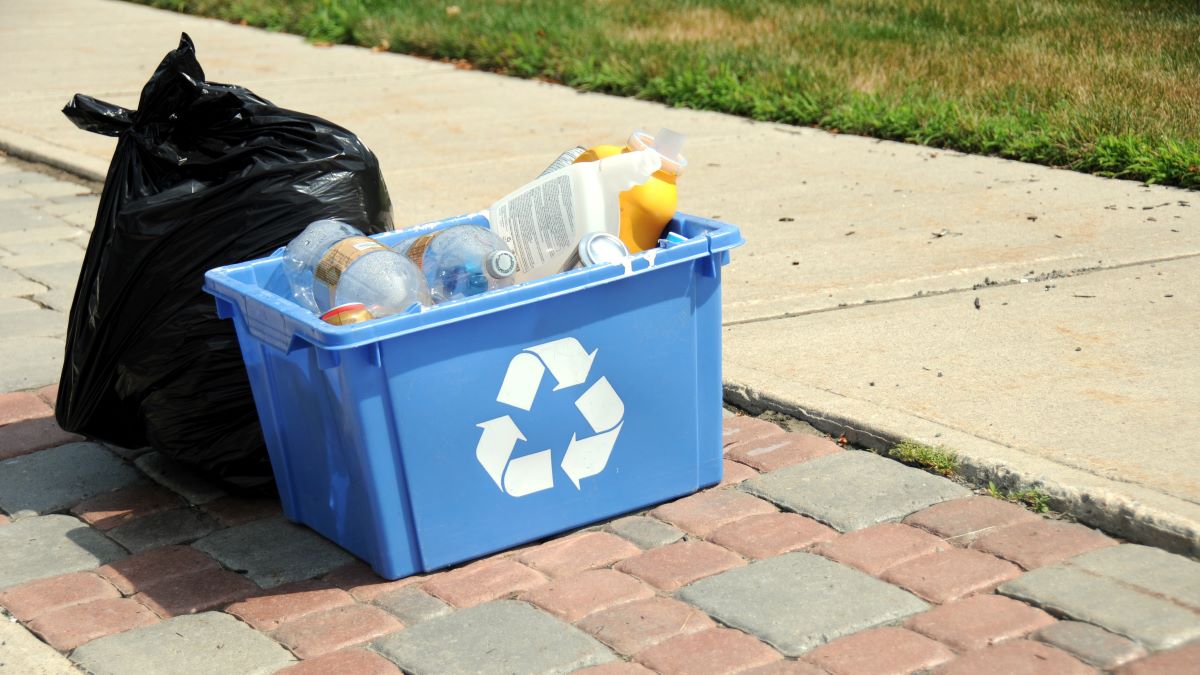Regulation
Stewardship Ontario’s current mandate is based on the Waste Diversion Transition Act, 2016 (WDTA), which replaced the Waste Diversion Act, 2002. The WDTA provides for the transition of the Blue Box and other programs to function under the Resource Recovery and Circular Economy Act, 2016 (RRCEA).
The original Blue Box Program Plan was developed by Stewardship Ontario in conjunction with Waste Diversion Ontario (WDO) and took effect in February 2004. In 2016, the Ontario government replaced WDO with the Resource Productivity and Recovery Authority (RPRA) as the regulator mandated to enforce the province’s circular economy legislation and regulations.
Stewardship Ontario also operated the Municipal Hazardous or Special Waste (MHSW) Program (known to consumers as the Orange Drop program) from 2008 until it ceased operations in September 2021. Information about the MHSW wind up is available here.
The Blue Box Program Plan was designed as a funding program for packaging and printed paper managed in municipally run Blue Box services. The Program Plan required producers (or stewards) to fund up to 50% of municipal net operating costs to manage these materials. There were various updates and amendments to the Program Plan following its introduction in 2003.
In August 2019, the Minister of the Environment, Conservation and Parks directed RPRA and Stewardship Ontario to transition the Blue Box Program to full producer responsibility. The Blue Box Transition Plan developed by Stewardship Ontario was conditionally approved by RPRA in December 2020, superseding the Blue Box Program Plan.
Along with the transition plan, Stewardship Ontario has Rules and Policies that detail steward requirements and guide the administration of the Blue Box during the transition period.
